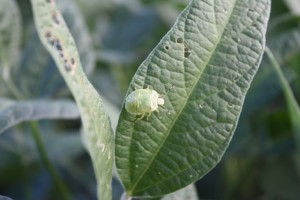As reported by NASS on August 25, 2014
SCATTERED SHOWERS PROVIDE RELIEF TO CROPS
In spite of the rapid return to more normal August temperatures, rains over some crop producing areas provided a needed boost. In some areas, dry conditions still persist and crop and pasture stress is prevalent. Cotton growers would feel more comfortable with their crop getting more heat units before our first frost. Through all the up and down weather this season, crops production is expected to be normal to above normal. Continue reading at Crop Progress 8 24 14


